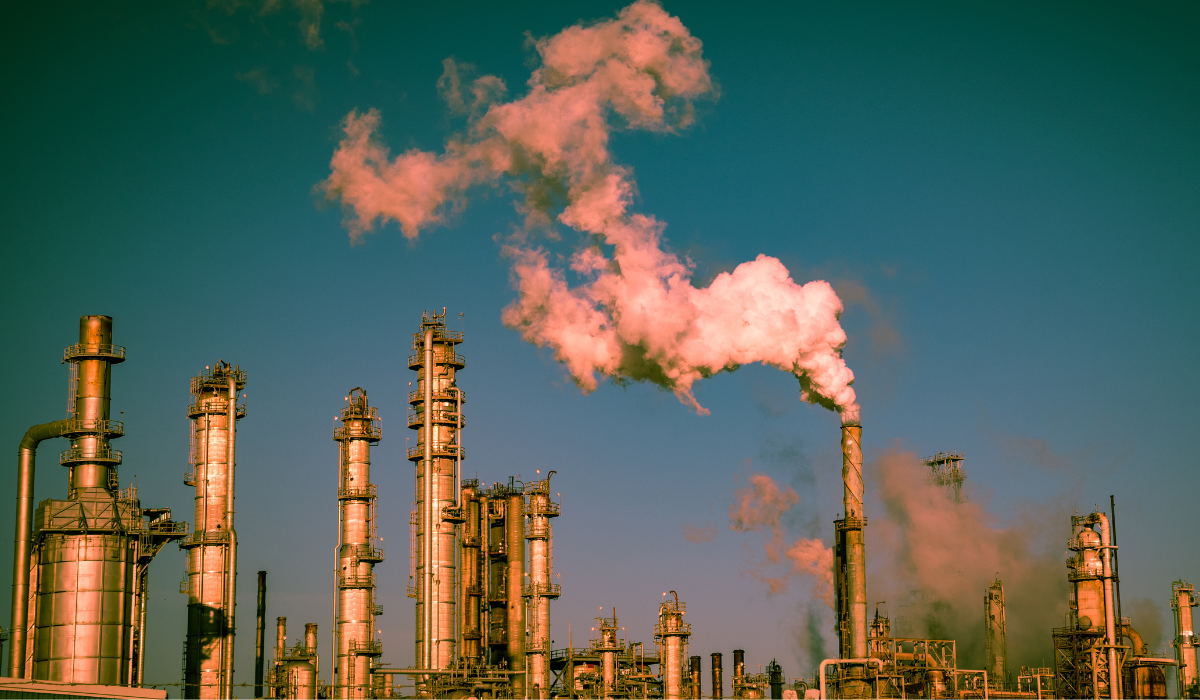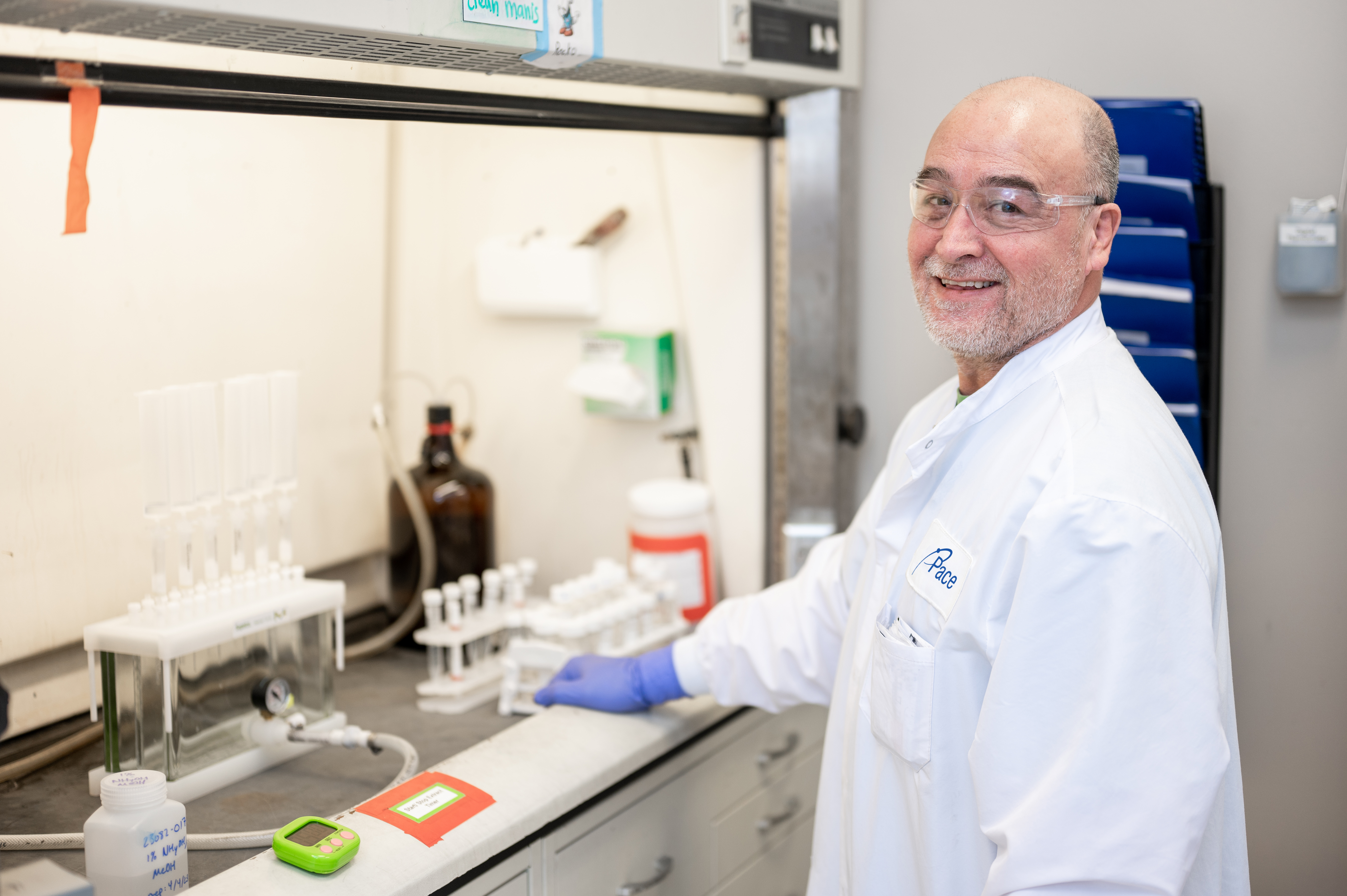Get Ready for A Stack Test – The Planning Phase

Stack testing, also called performance testing or emissions performance testing, is a procedure for sampling various types of emission sources at a facility. It is a critical tool to determine compliance with U.S. Clean Air Act regulations, state regulations, and air permits. It also provides real-world data for emission inventories and air quality modeling.
Stack testing can be a complex undertaking that requires extensive preparation and a competent test team. A successful stack test begins long before the stack testing company arrives at your facility. An effective test program is a partnership between the customer, the governing regulatory agency, and the testing company with each entity having different roles and responsibilities.
The first part begins with the customer. They must define the objectives of their test, understand their testing requirements, provide appropriate work areas with test connections, and maintain/operate production equipment to achieve the greatest probability of meeting emission limits. In other words, the customer must really understand what they are trying to achieve to ensure that the testing event is efficient, safe, and successful.
The regulatory agencies set the targets (emission limits) and define the procedures to provide reproducible and appropriate results. Test firms define how the work will get done, implement the appropriate test methods to provide representative and defensible test results and work with customers to define and solve any impediments that arise through operational anomalies.
Watch our Webinar to Learn More
Avoid Surprises by Being Specific
Communication is key with your stack tester both through the planning phase and the execution phase. During the planning phase, the testing company should seek to gain an understanding of the scope of work, including emission permit requirements, test site, configuration, production schedules, and safety and reporting requirements.
This initial set of questions help the selected test company determine the equipment, labor, analytical, and any logistical-related needs. A more technical set of questions help determine the duration of test runs, how many tests can be conducted simultaneously, and how many technicians are needed for that testing event.
The final set of questions discusses site characteristics, access requirements, safety considerations, and reporting requirements. This allows the testing company to determine the equipment that would need to be prepared prior to site mobilization.
Next up is operational preparedness. During this phase, it's always a good idea to verify that your production equipment is in good working condition and that all periodic maintenance is complete. The pollution control equipment should also be checked for operational stability. This will avoid any process downtime during testing.
Oftentimes, facilities run at a faster or higher rate to mimic worst-case conditions. When the control equipment or production lines are stressed by abnormal operating conditions, new and unusual issues can arise. Breakdowns and failures are also common, so it's always advisable to attempt the test conditions prior to the arrival of the test crew.
You have probably noticed that communication and pre-planning are key elements for a successful stack test. Key to this success is the planning phase. A solid plan will make your life much easier and result in a well-executed test.
Reach out to our experienced staff with any questions or to learn more.


.png)